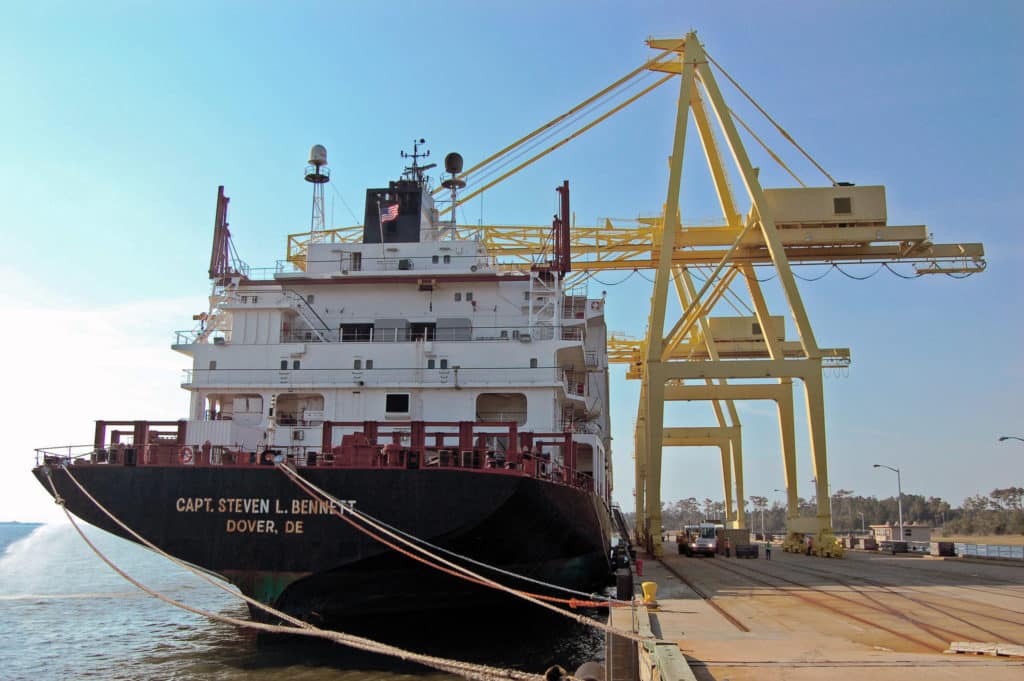Charter Party Contracts: Practical A-Z Guide to Laytime and Demurrage


Charter Party Contracts: Practical A-Z Guide to Laytime and Demurrage
A charter party (commonly abbreviated to “C/P”) is a document containing the written terms of a charter agreement between a shipowner and a charterer. The terms of the contract will depend on the shipowner, charterer and the market. Parties involved can also form their own terms of contract which would remain free from any other legal interference.
There are three main types of charter party:
- Time charter
- Voyage charter
- Demise charter
In a demise (or bareboat) charter, the charterer takes responsibility for the crewing and maintenance of the ship during the time of the charter. He assumes the legal responsibilities of the owner, and is known as a disponent owner.
In a time charter, the vessel is hired for a specific amount of time. The shipowner manages the vessel but the charterer gives orders for the employment of the vessel, and may sub-charter the vessel on a time charter or voyage charter basis.
In a voyage charter, the charterer hires the vessel for a single voyage, but the shipowner provides the master, crew, bunkers and supplies.
Characteristics
A demise charter operates as a long lease of the vessel, with the charterer completely in charge. In time and voyage charters, the shipowner still runs the ship, but when in port the charterer becomes responsible for loading and unloading the ship within the agreed period of laytime. If the charterer exceeds the allowed laytime, demurrage becomes payable.
In a voyage charter, the route is pre-arranged and the charterer has little scope to interfere with the programme. By contrast, the time charter is almost a halfway-house between a demise charter and a voyage charter, in that the charterer decides on the voyages and the ports, and instructs the shipowner’s crew to comply. This can lead to issues of indemnity: whereas the shipowner in a voyage charter takes responsibility for the ship, in a time charter the shipowner may need to be indemnified against losses or liabilities proximately caused by the charterer.
For a voyage charter, the details of contracting parties, name of ship and the agreed route of journey is stated. The port of loading and unloading is also included for a voyage charter.
For a time charter, the charterer controls the commercial activities of the vessel and include other information such as fuel consumption, the capacity of loading and the speed of the vessel.
No time? Download the PDF version of the articles below!
To understand the different types of charter party:
 |
For tips to avoid or reduce demurrage charges:
 |
